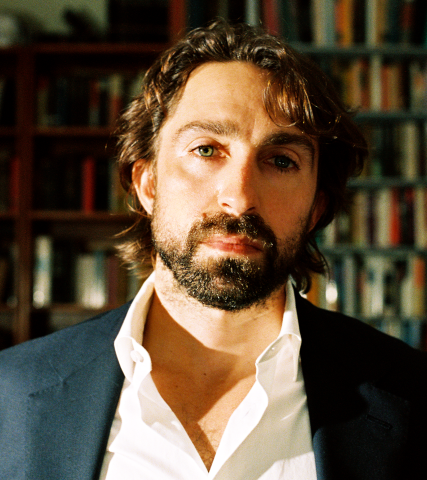
Final Fantasy: A Secret History of the Present
The project:
A narrative history of the postwar political imagination, Final Fantasy weaves together the emergence of information theory in computing and public policy, structuralism in philosophy, and avant-gardism in culture. It tracks the breakdown of the liberal-democratic consensus and the rise, in its place, of the dream of an automatically functioning society that bypasses any need for individual decision-making, political debate, or collective action. Following the lives of important figures such as Claude Lévi-Strauss, inventor of structuralism, Sylvère Lotringer, synthesizer of postmodern thought with the 70s cultural underground, and Nick Land, who fused cyberculture with radical theory and became a major influence on the new right, Final Fantasy shows how the utopian logic of art—when cut free from a guiding belief in human freedom and political action—transforms into a dystopian engine of social collapse.
From Final Fantasy:
As it happened, Russia’s revolution did not spark a worldwide communist revolt, and Dada burned itself out in a blaze of nihilist glory. But the cracks that had opened in the European order had not been closed. In Paris—still the capital of European high culture—the Surrealists took up the torch from Dada, and instead of setting the world on fire, they brought the flame into the bourgeoisie’s crumbling interiors. In 1924, poet André Breton’s “Manifesto of Surrealism” proclaimed a war against the reign of logic and classification, what he called “the pretense of civilization and progress.” Beneath this fantasy of order and progress was something darker and alluring—a realm, whose discovery Breton credited to Freud, where in “the depths of our mind . . . strange forces” lurked. Breton had read Freud while caring for shell-shocked soldiers at the Saint-Dizier asylum during World War I. These forces that were buried in the psyche were also, the Surrealists believed, latent in the everyday world. Styling themselves as primitives and naifs, they imagined ordinary industrial objects as talismans of an inscrutable power, and created art that brought these chthonic forces to the surface: the melting clock and the lobster telephone, the teacup made of fur and the phallus dotted with spikes, the pipe that is not a pipe and the metronome that looks back at you, and the sewing machine whose fate it is to meet an umbrella on an operating table.
There was energy lurking in these objects cast off by civilization in its unending quest for “progress.” They told a story, but it was not quite history. Their power lay precisely in how they failed to fit into the official narrative of progress and order. It was as if history itself had an unconscious, a traumatic kernel that simply couldn’t be made to fit with the narrative of rational progress. And while Freud, still at heart an Enlightenment thinker, had hoped psychoanalysis could become a true science of the unconscious, bringing the dark forces of the id under the rational ego’s control, the Surrealists wanted to unleash them.
The grant jury: A markedly creative and assured mind is at work in this rich and textured examination of how we’ve arrived at our current political moment. James Duesterberg is uniquely at ease mapping evolutions in ideas and technology, such as reactionary thought and AI, and how history reaches forward to shape systems that govern our lives. Paradox, he makes clear, runs through our cultural veins. Capsizing assumptions about what divides the left from the right, this book energizes us to think anew about where we’re headed.
James Duesterberg holds a PhD in English from the University of Chicago, where he has taught American literature and aesthetics. His writing on topics from generative AI to film and literature to political philosophy and cultural trends has appeared in The Boston Review, The Nation, Jewish Currents, The Brooklyn Rail, and The Point, where he is also an editor. He lives in New York.